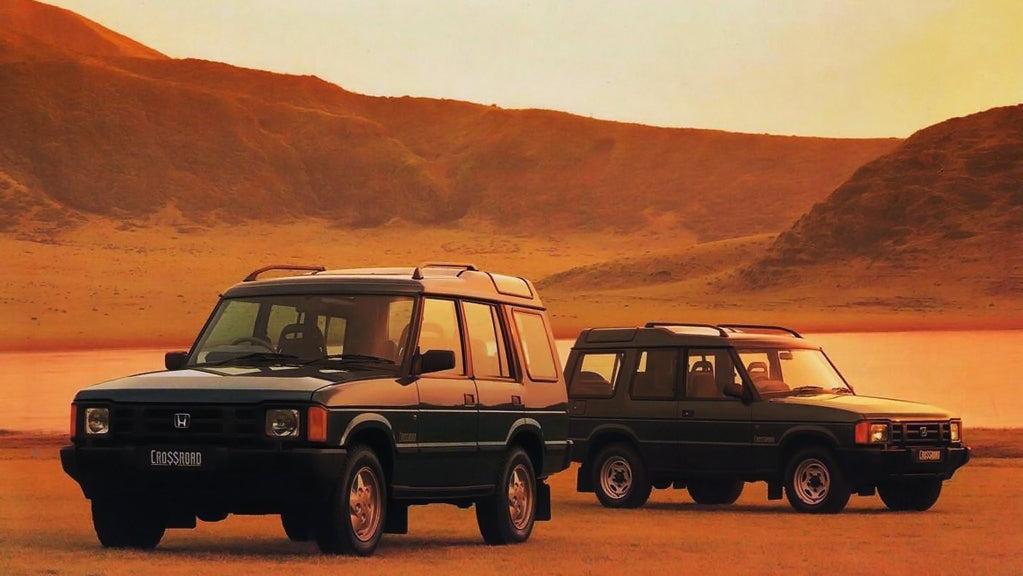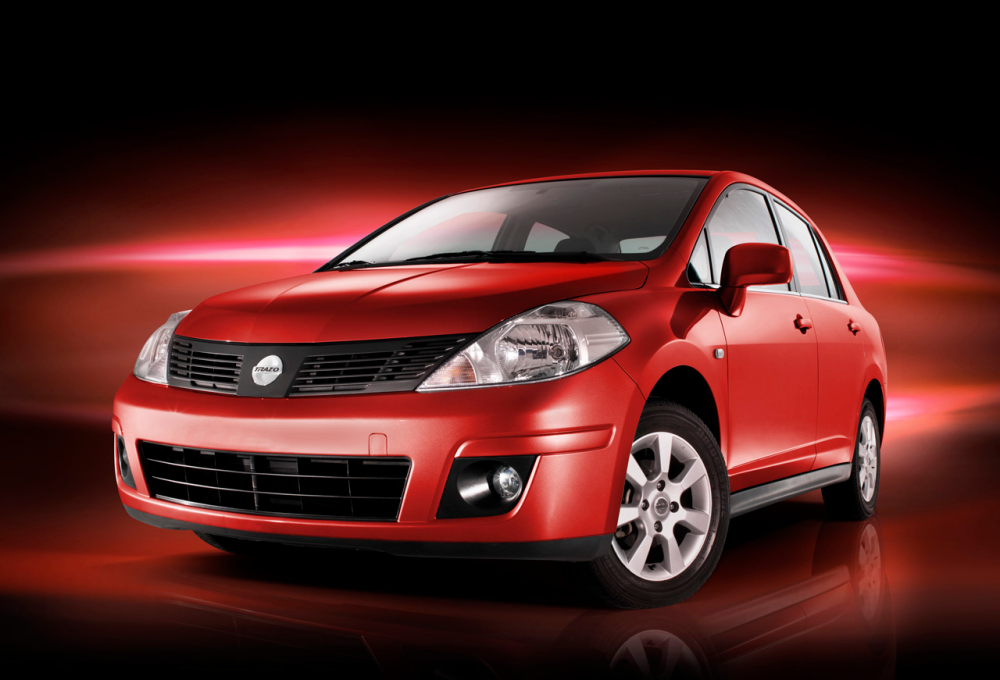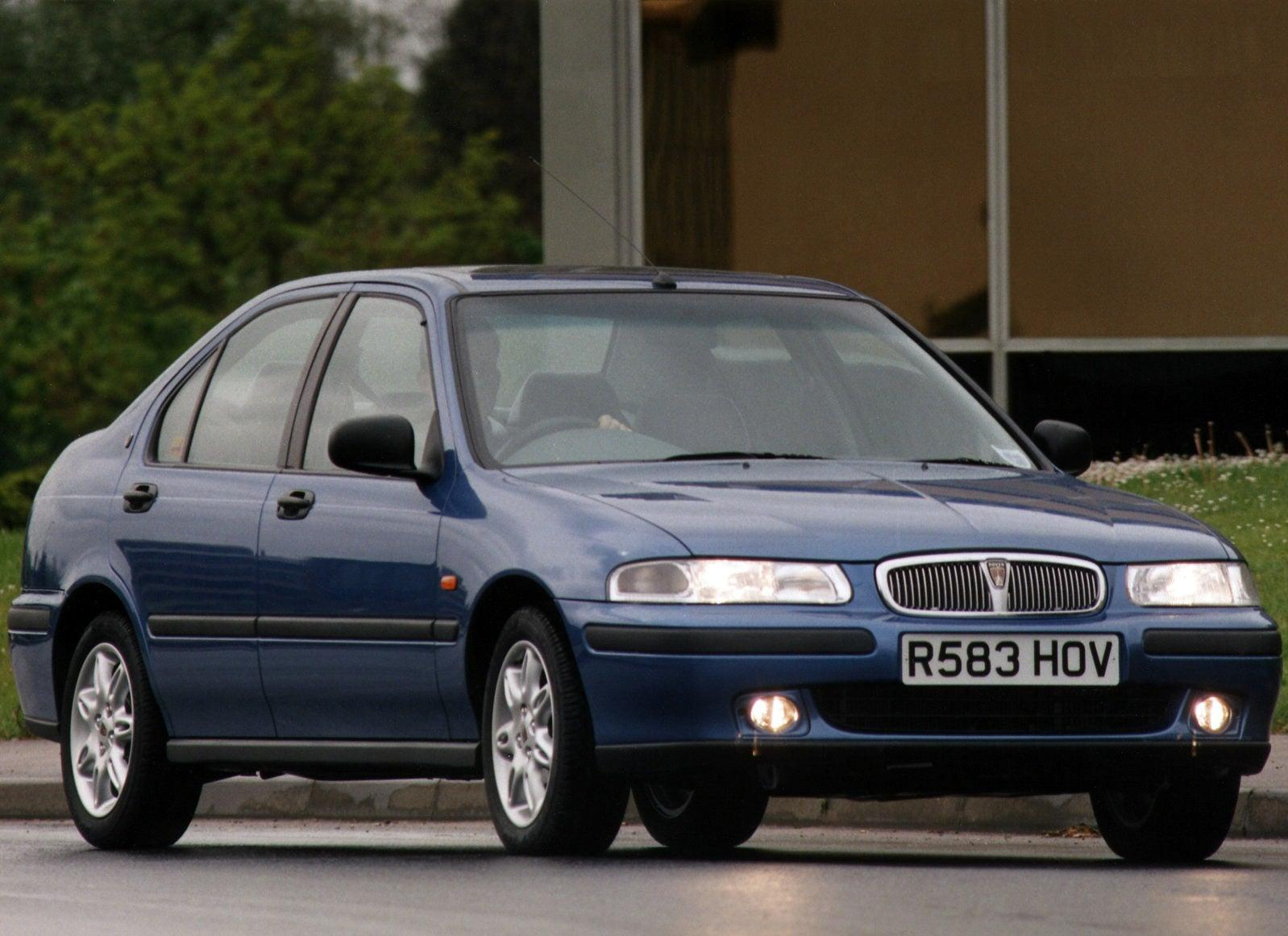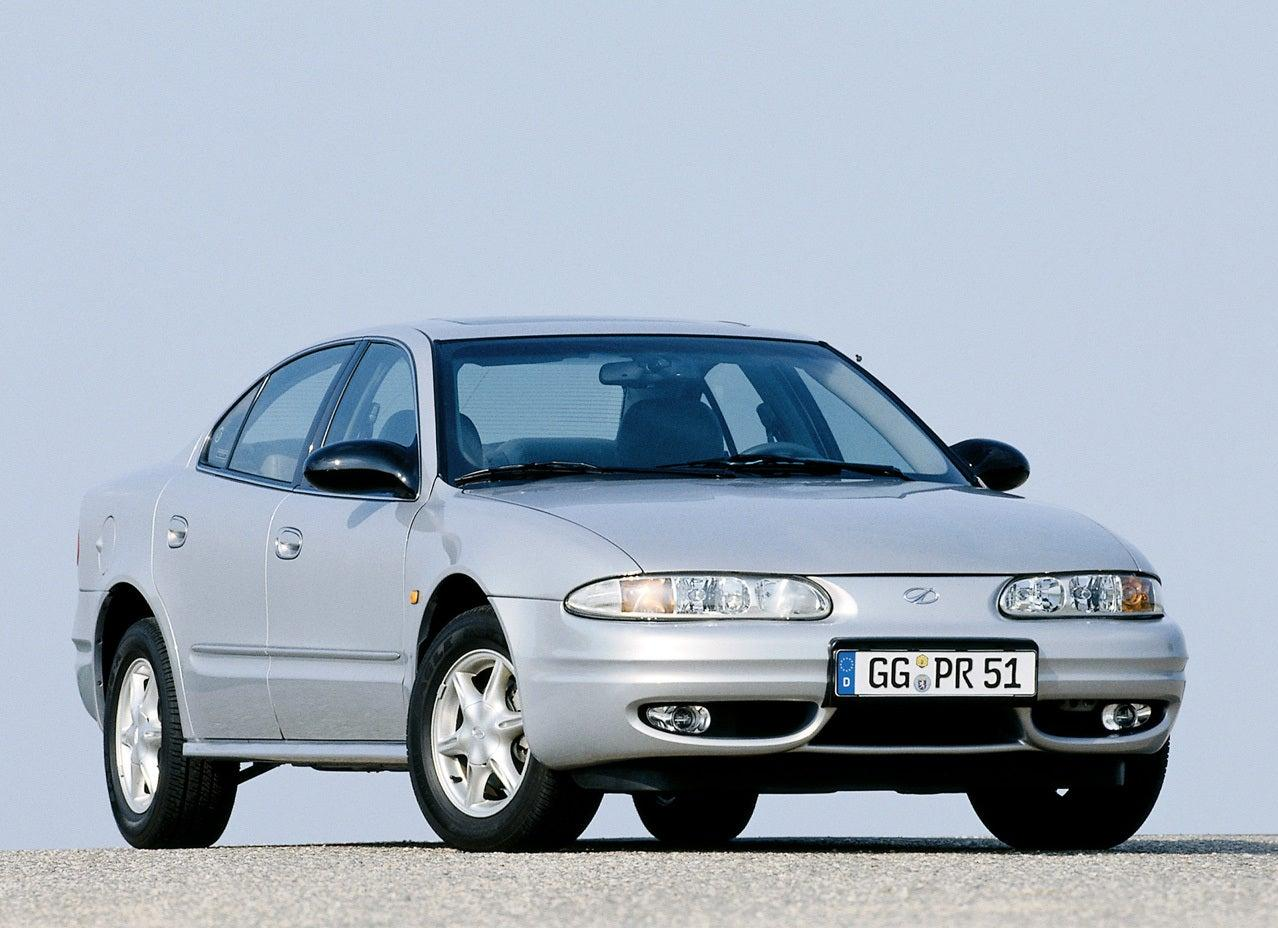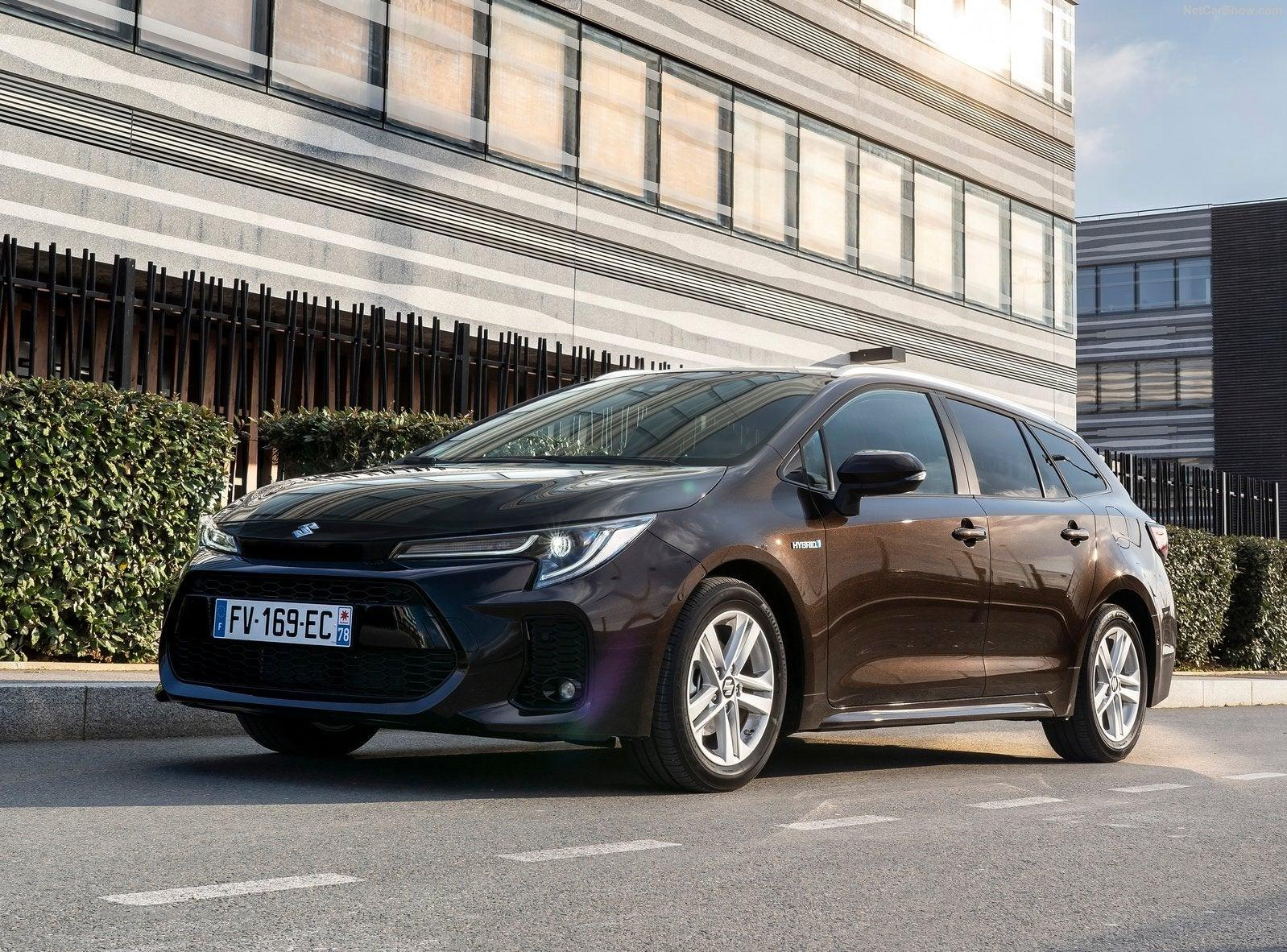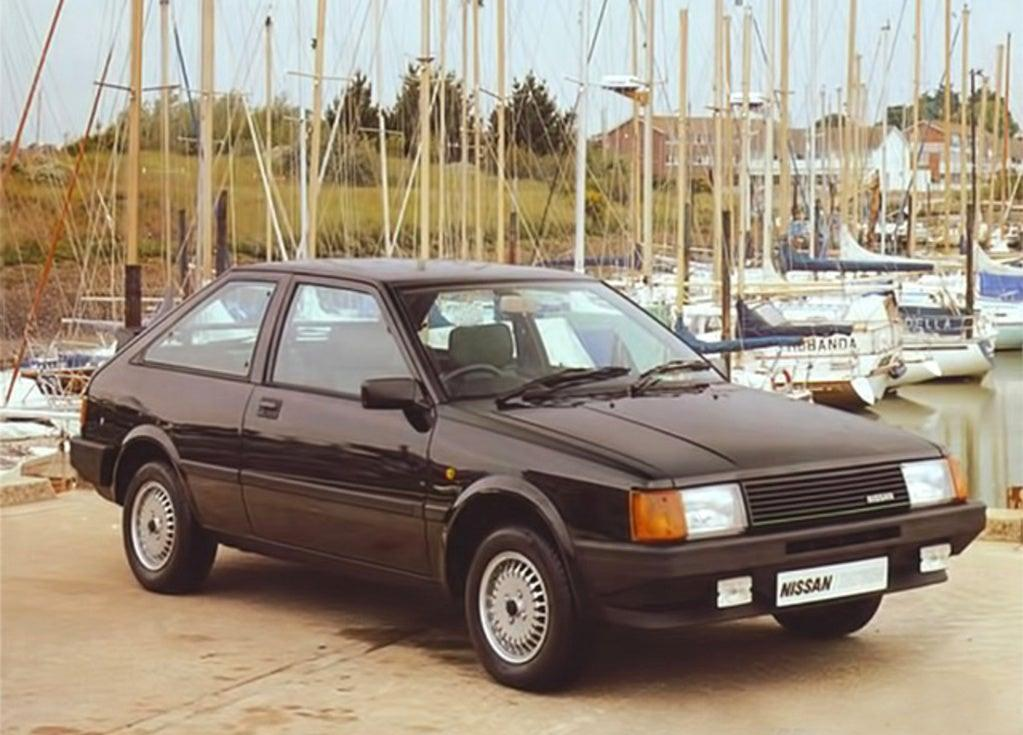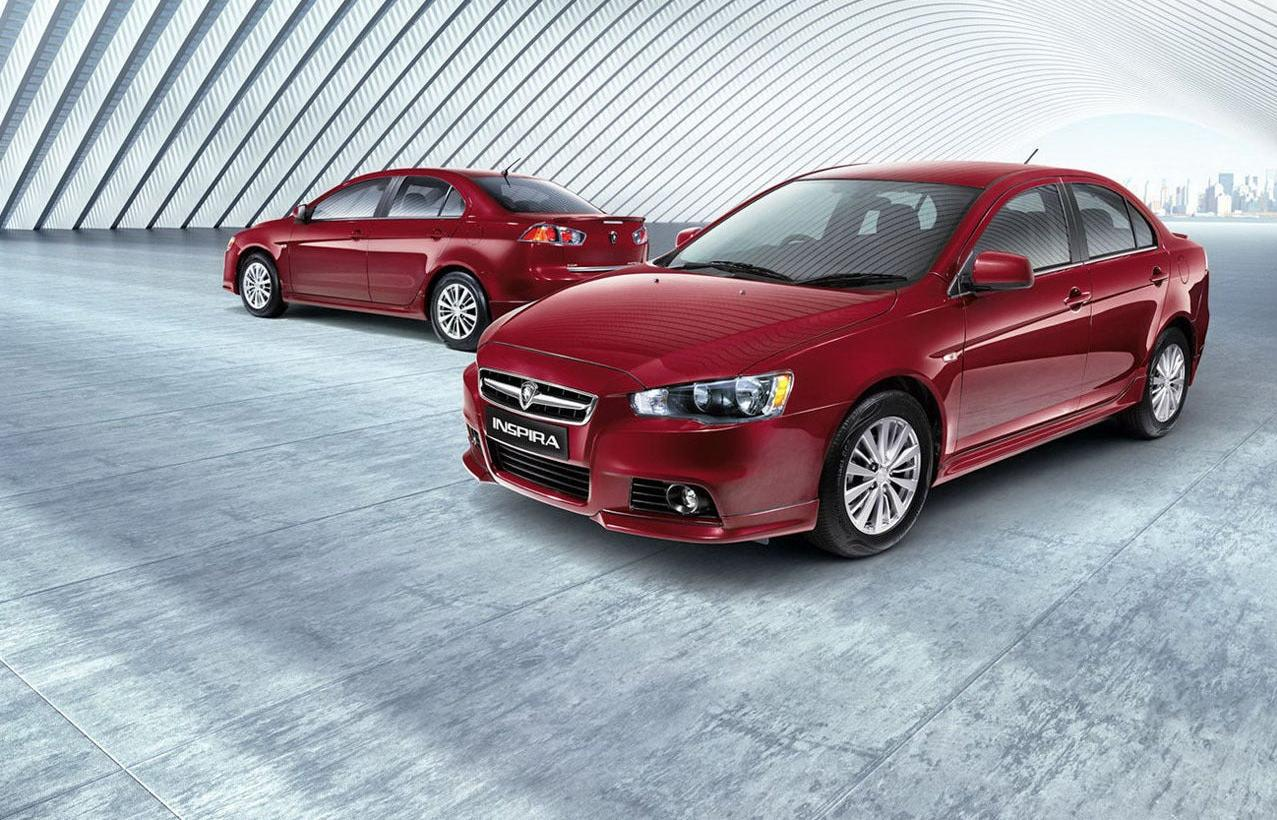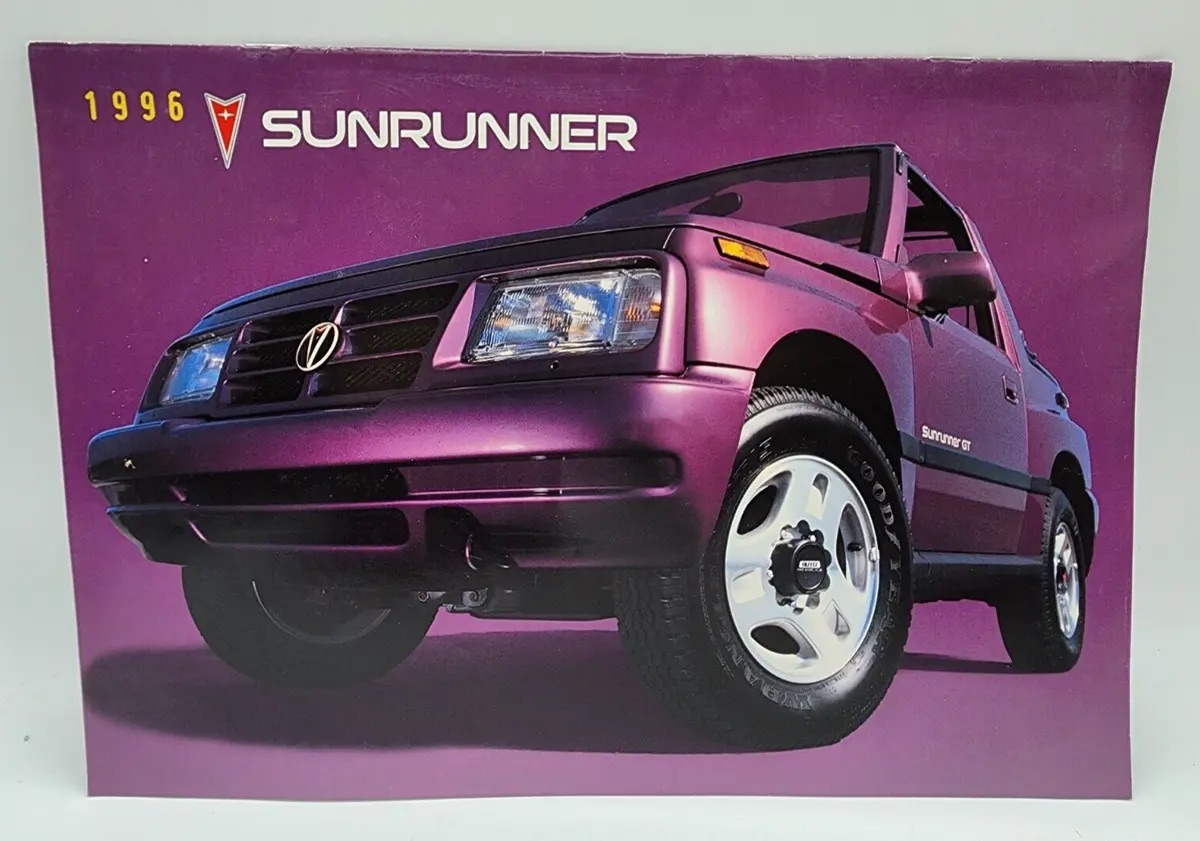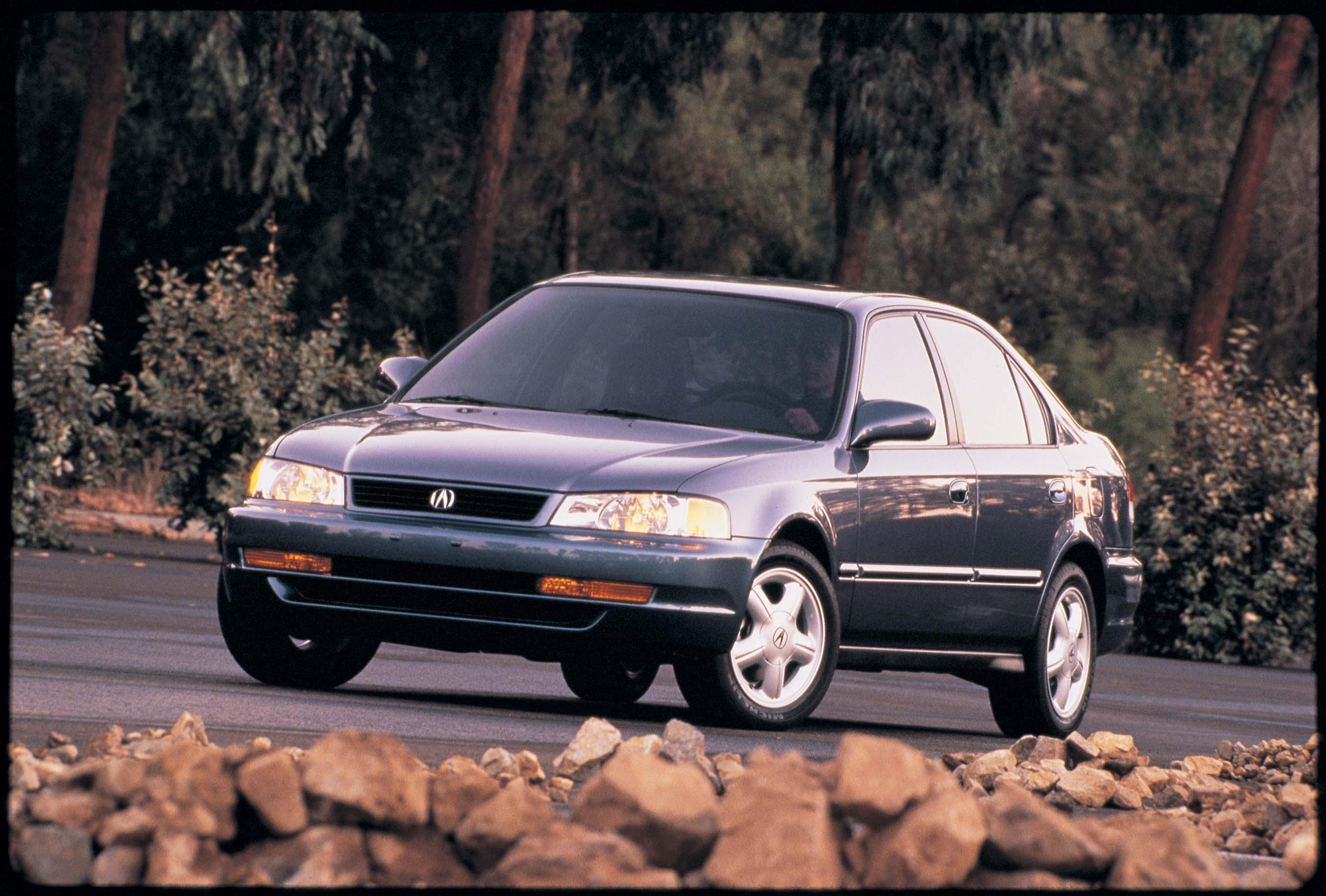These Are The Lazy Car Rebadges You Might Not Have Known Existed
More than a few of these never reached our shores, at least not how they appear here. And from the looks of things, it was probably best that they didn't.
I'll die on the hill that badge engineering still exists, automakers have just gotten better at it. They even try and attempt to rebrand it now, sometimes referring to some models that are known to be badge engineered as "platform-sharing." In decades past though, automakers would rebadge models for some markets that were strange, disturbing, or sometimes just plain sad because you could tell that they didn't even try.
The following cars are some of the laziest badge jobs I could find. Some you've probably never heard. Or maybe you have and you just haven't seem them in awhile. Either way they're some surprises here and more than a few doozies.
Dodge Trazo
Back in 2008, Dodge execs wanted to offer a small car for the brand in South America. The Neon had been already been dead for 3 years and there was the Caliper, but it wasn't exactly small and Dodge was trying to convince everyone it was a small crossover instead of the hatchback it really was. With nothing else to offer, Dodge went to Nissan to borrow a small car.
The result of this was the Dodge Trazo, a badge job of the first generation Nissan Versa sedan. Aside from Trazo badges, there was nothing that identified it as either a Nissan or Dodge. The Tarzo wore the C1.8 badge, denoting its power coming from a 1.8-liter I4 that was also capable of running on Ethanol, a big fuel in places like Brazil. Weirdly, this is also around the same time Nissan was apparently developing a small car for the U.S. for Chrysler.
Chevrolet Forester
GM's stake in Subaru's parent Fuji Heavy Industries led to more than the Saabaru 9-2X. Yep, your eyes aren't deceiving you. That's a Subaru Forester with a Chevy bow-tie. Chevy did this up for the Indian market in 2002. It was the first Chevy badged vehicle sold in India. But it was a half assed job as they didn't even bother to do any thing Chevy specific inside or out; they even kept the Forester name. By 2007 it was dead after GM sold it's stake in Fuji Heavy Industries.
Rover 400
Honda and Rover Group once had a long and fruitful partnership. One of the results of this partnership was the Rover 400. While it wore Rover specific front and rear facias, it was actually a Honda underneath; if you squint hard enough you can just make out the fifth/sixth generation Civic in its doors. The 400 was actually based on a European Civic variant called the Honda Domani, which was a five door-hatch. The 400 was even powered by 1.4 and 1.6-liter K-Series engines.
Chevrolet Alero
GM has always made moves over the years that really made no sense, and the Chevrolet Alero was one of them. Not content with the lineup of sedans they had, for some reason GM wanted to sell the Oldsmobile Alero in Europe. So they did, even though the car still wore Oldsmobile badging. Only after it went on sale did GM realize that no one knew what the hell those Olds badges were. So GM finally threw Chevy bow-ties onto the Alero for the 2000 model year in Europe. But in Israel, the Alero had featured Chevy badging since it went on sale. This meant GM was selling the Alero with two different badges for a period of time. None of it makes sense.
Suzuki Swace
For some reason, Suzuki sells a lightly rebadged version of the current generation Toyota Corolla as the Swace in Europe. Aside from the small Suzuki badges on the front, rear hatch and steering wheel, its all Corolla. The Swace is based on the Corolla Estate Hybrid, which is a Corolla variant we don't get here in the U.S.
Honda Crossroad
Another weird offspring of the relationship between Honda and Rover Group was the Crossroad. It was essentially a Land Rover Discovery Series I with Honda badges, different lights and "Crossroad" badging on the sides. It was only ever sold in Japan. Its also the only Honda ever sold with a V8 engine, Rover's 3.9-liter V8 with 177 hp.
Nissan Cherry
A partnership between Nissan and Alfa Romeo resulted in the founding of Alfa Romeo Nissan Autoveicoli S.p.A. in 1980. The two companies codeveloped a small car resulting in two versions. Nissan's version was called the Cherry while Alfa called their version the Arna. Even though both were jointly developed, it was a Frankenstein under the skin. Body panels, brakes and the rear suspension came from Japan, while the engine, front suspension and transmission came from Alfa. The Cherry was eventually replaced by the Sunny (the Sentra in the U.S.) while the Arna never lasted beyond 1987.
Lancia Voyager
I honestly don't know why FCA/Stellantis even bothered with Lancia. One of a few times where the automaker didn't even try, the Chrysler Town & Country was brought over to Europe. A few Lancia badges and a rename turned it into the Lancia Voyager. The rebadge is so weak that if you look closely at the front grille, you can actually make out the spot where Chrysler's winged badge is supposed to be.
The only major difference the Voyager had over the Town & Country/Caravan here in the states was the availability of a diesel engine option. Along with Chrysler's Pentastar 3.6-liter V6, European buyers could also option a 2.8-liter 163 hp diesel engine.
Proton Inspira
After making their own compact sedan for over a decade, Malaysian auto manufacturer Proton renewed a partnership with Mitsubishi, one that had existed since the 1980s. Wanting to develop a new compact sedan, Proton discovered that doing one from the ground up would cost the company $270 million that it didn't have; it was cheaper to go the rebadge route. Thus the Inspira was born, a rebadge of the ninth generation Mitsubishi Lancer.
Aside from a different badge on the steering wheel and a slightly different front grille, it was all Lancer. This was actually done on purpose though. One of the stipulations of Mitsubishi allowing Proton to rebadge the Lancer was that none of the key features were changed. So aside from a slightly retuned suspension, it really was just a Lancer with a different name.
Honda Horizon
The partnership between Honda and Isuzu famously spawned the Isuzu Rodeo/Honda Passport. A lesser known double rebadge was done on the Isuzu Trooper. One was the Acura SLX, which was the brands first attempt at a luxury SUV. The other was the more utilitarian Honda Horizon (the Trooper was also rebadged as the Subaru Bighorn, Holden Jackaroo and Opel/Vauxhall Monterey).
The Horizon was only sold in Japan. It lasted only one generation and two facelifts before it was dropped in 1999. Buyers could option it with either a 3.1-liter turbodiesel or a 3.2-liter gas V6.
Dodge Attitude
Not only is the Dodge Attitude still currently on sale, it's also one of the few nameplates I've seen that has lasted multiple generations by being two different rebadged cars. A sub-compact model in Dodge's Mexican lineup, the first generation Attitude was nothing more than a rebadged third/fourth generation Hyundai Accent.
The second and current generation of the Attitude saw Dodge move to the current generation of the Mitsubishi Mirage G4, just with Dodge's signature crosshair grille thrown on.
Peugeot 4007
Mitsubishi lent the second generation Outlander crossover to two different European automakers for them to rebadge. The one you see here is the Peugeot 4007. Made over a five year period, Peugeot actually gave it a unique front facia. Once you got to the sides and rear and interior design however, it was all Outlander.
The second of the Outlander badge jobs came in the from of the Citroën C-Crosser. It wore Citroën's famous angular grille up front, but like the 4007, the side, rear and interior design were all Mitsubishi Outlander. Both the 4007 and C-Crosser were discontinued in 2012.
Pontiac Sunrunner
Whoever's idea it was to rebadge the Geo Tracker Convertible as a Pontiac for the Canadian market should have been fired before the idea even got off the ground. Unfortunately the idea turned into a reality, and GM rebadged the Tracker as the Sunrunner for Pontiac Canada in 1994. It was marketed as a more "upscale" Tracker and was available in SLE — there was no base model technically— and GT trims. Buyers could also have the Sunrunner in either rear or all wheel drive and as both a hardtop and convertible.
Seat Exeo
If you look closely, you might recognize the Seat Exeo. Aside from its unique front and rear facias, the Exeo was nothing more than a B7 (third generation) Audi A4. Seat even offered the Exeo in Avant wagon versions they dubbed Exeo ST. The Execo lasted until 2013 when it was discontinued and replaced by nothing.
Acura EL
While many of you know about the Acura CSX, a rebadge of the eighth gen Honda Civc, that wasn't the first time Honda rebadged the Civic for the Canadian market. In 1997, Acura rebadged the sixth generation Civic for Canada and called it the EL.
The EL was pretty much what the Integra is now: a luxury lined Civic with an Si engine. It had the 1.6-liter VTEC engine from the Si and features from the top of the line Civic EX. It also had a few features that the Civic didn't come with, like wood trim, an LED lighted dash, 15-inch wheels, chrome trim and heated mirrors. The EL lasted two generations, with the second being based on the seventh generation Civic, before it was replaced by the CSX in 2006.
Mitsubishi Dignity
The Dignity was the flagship of Mitsubishi's JDM lineup. It was offered over two generations. The first was codeveloped with Hyundai (who sold it as the first generation Equus) and was sold from 1999-2001. It was just over a decade before the Dignity returned as the version you see above.
This time around, Mitsubishi approached Nissan and rebadged the Cima — which the U.S. knew as the second generation Infiniti M — as the Dignity. While it was offered with V6, hybrid and V8 engines in Japan and the U.S., the Dignity was available in one trim and was only sold with the hybrid engine marking the first time Mitsubishi offered a hybrid vehicle in its lineup. The Dignity was discontinued in 2016 because no one bought the things; it's said less than 100 were sold from mid 2012-2015.
Chevrolet Trans Sport
This one will mess with your head so stay with me: GM sold the second generation of its U-Body vans in Europe as the Opel/Vauxhall Sintra. The Sintra looked like a base model Chevy Venture just with Opel or Vauxhall badging. But for some reason, GM decided to bring the Pontiac Trans Sport to Europe. But with Pontiac not being a thing there, they just slapped Chevy badges onto it and kept the name. It really was a Pontiac with Chevy badges, right down to the twin grille up front and body side molding.
